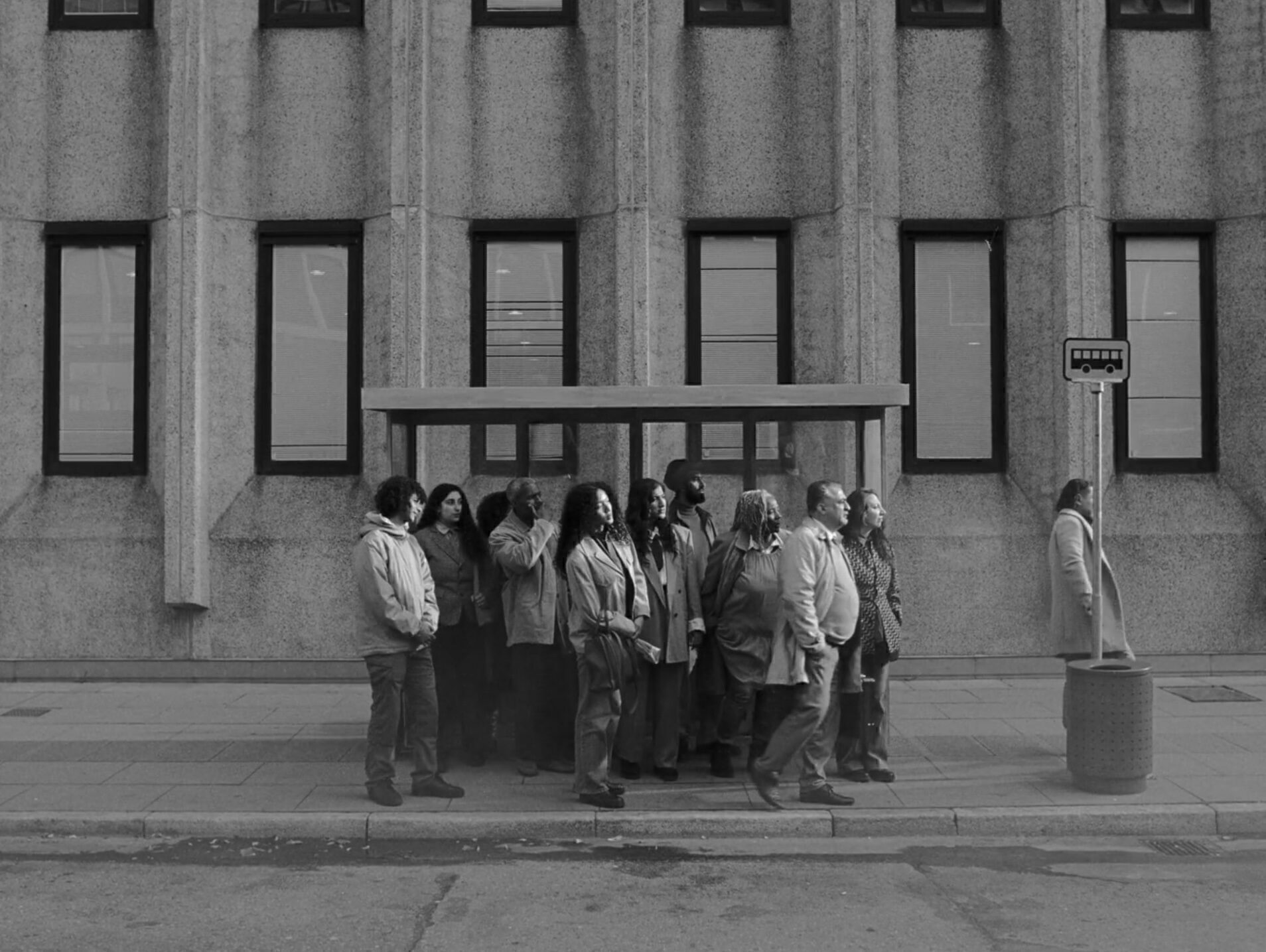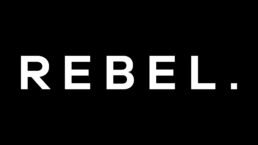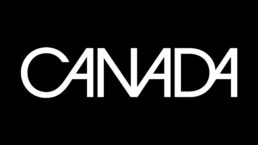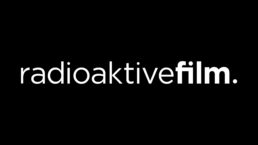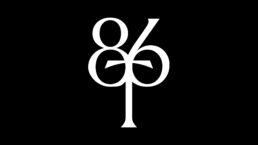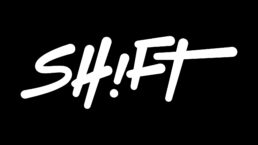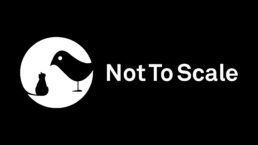You were born in Iran and fled the country as a child, living in Turkey before moving to provincial Denmark. How has that experience and exposure to multiple cultures infused your work and informed your approach as a director?
The positive side of those experiences is definitely that they opened my horizons at an early age. That gave me a deep curiosity about people and different cultures. When you settle somewhere for a longer time and truly immerse yourself in the culture, you realize how nuanced the world is—but at the same time, how alike we all are. Most importantly, people meet you with kindness more often than not. That’s something I have to remind myself of as an adult. Love and goodness are our default.
At the same time, I also remember the feeling of powerlessness—being small while others made life-changing decisions for me. Those two emotions, in contrast and in harmony, are something that often find their way into my work. I love diving into cultures and giving a voice to those who need it.
Another side of my upbringing is that I was torn away from my roots in a split second. I didn’t get a moment to say goodbye to family and friends. I didn’t get to bring anything with me for comfort. It all happened so fast. That’s why I often find myself looking back—I’m quite nostalgic by nature. Over the past few years, I’ve been reconnecting with my Iranian roots and bringing them into my work as a director. ‘Nowruz’ is a small glimpse into the Iranian New Year, a warm childhood memory for me. ‘Iran-e Man’ is my heart’s project, a hug to all Iranians and to freedom seekers around the world.
Can you talk us through your journey from a wannabe pro soccer player to director?
Football was where I could express myself. Finding something you’re good at and a place to belong in your early teens is so important. On the pitch, I felt seen and respected for who I was in that moment. My weird name and dark hair didn’t stand out in the same way. [Professional] football was never really on the cards for me like that, but I held onto that dream for many years, and I was a decent player.
Directing has become the ultimate way for me to express myself—something that feels limitless and natural. I love setting goals, but I love the journey even more. The long hours, the practice, the insecurity slowly turning into small achievements. Growing, evolving, and discovering what I’m capable of. What a privilege to have that as my work…
Your latest film, ‘#NameTheBias’ for People Like Us, is a powerful wake-up call on the inequities of pay and opportunities for ethnic minorities. The visuals were inspired in part by Roy Andersson’s black comedy feature ‘You, The Living’; how did you come up with the creative concept and how did that dovetail with Yasmin Ali’s words?
When [creative agency] Worth Your While approached me, they suggested a poem inspired by Shakespeare’s ‘What’s in a Name’, highlighting issues of the ethnicity pay gap in the UK where individuals with diverse backgrounds get overlooked and experience discrimination in the job hiring process based on ethnicity. As we kept perfecting the poem, I realized we were doing the visual concept too much—overcomplicating it because we were so passionate. Tim, Yasmin, and I cut the poem shorter to keep the essence and make the film shorter. I wanted the words to stand strong without unnecessary technical distractions.
The visual style, which was heavily influenced by Roy Andersson, came from a desire to depict a feeling of monotony and dragging out. A feeling of being overlooked and waiting in vain. An exploration of life’s absurdity and alienation. The visuals needed to be simple and focused on the cast and Yasmin’s performance, letting her voice and the words take centre stage.
Working on projects like this, trust is truly everything—something I deeply appreciated from PLU, WYW, and Yasmin. Yasmin became the heart of the project, amplifying the balance between frustration and hope. She’s a true powerhouse who added an emotional depth that grounded the film.
Coming from an ethnic minority background, how much personal significance did the themes of the film have for you, and how did you channel that into the final film?
[As a name], ‘Naghmeh’ really stood out between ‘Maria’ and ‘Thomas’ in a small town where not many kids looked like me. I even made up a fake name to make things easier in certain situations. I’ve definitely faced discrimination based on my ethnicity and name, and I used that experience as fuel for this project.
When I work on something I connect to personally, the process becomes more intuitive, and ideas flow easily. My gut feeling guides me, and I know the kind of feeling I want to convey early on. I get deeply invested and feel the pressure to get it right, knowing the reality behind the film. I just want to help the cause as much as I can.
The visual metaphor of people endlessly waiting for a bus that, when it finally arrives, is already full is one of the most powerful images in #NameTheBias – and symbolism is something that plays a key role in your other films, such as ‘Iran-e Man’. What’s the creative drive behind your use of symbols, is it always a conscious choice to include them? How do you tend to come up with them, are they cultural or more esoteric?
It comes very intuitively. For ‘Iran-e Man’, certain symbols and metaphors were intentionally placed to connect the visuals with the Woman, Life, Freedom movement and Iranian culture. For example, the rainbow was a tribute to a little boy, Kian, who was killed, and the rainbow became his symbol. The pomegranate seeds piling up symbolized all the lives lost in the fight for freedom. The women transitioning from domestic spaces to the exterior dancing shot represents the brave women who pushed their limits to protest.
These ideas often emerge naturally early on. My brain seems wired for this. I think it’s tied to Farsi being a poetic language full of metaphor and symbolism, even in everyday conversation. My dad, for instance, will randomly drop a Hafez quote, like it’s normal to cite poets while buying milk. Simple things, like saying “thank you,” are translated as “May your hand not hurt,” and “I miss you” becomes “My heart shrinks for you.”
I enjoy adding these layers to my films. Some might notice them, others might not, but they contribute to the overall feeling. I do it for myself first and foremost, and it’s become part of my unique approach.
You often draw inspiration from Iranian cinema, specifically the work of Mohsen Makhmalbaf and Abbas Kiarostami – what is it about their aesthetic or approach that interests you?
When I moved away as a child, I distanced myself from everything Iranian for many years, trying to fit in the Danish culture. However, as I’ve discovered directing, I’ve become more connected to Iranian cinema, diving deeper into films I didn’t fully appreciate before. Watching these films brings me comfort and reconnects me to my roots, helping me reclaim my Iranian identity. I look to some of the best Iranian directors for inspiration, drawn to their slow pace, long takes, poetic dialogue, and exploration of human experience, especially injustice and inequality. I also enjoy the natural use of symbolism and metaphors in their work, which I love implementing in my own.
Having tackled sensitive topics like ethnicity-linked pay inequality in #NameTheBias to women’s rights and the female revolution in ‘Iran-e Man’, do you see yourself as a political filmmaker in the making? What other issues are you interested in exploring in future projects?
I like the idea of amplifying voices that often go unheard, and I feel a strong sense of responsibility now that I’m in a position to do so. I’ll continue exploring themes of identity, diaspora, and belonging. Shedding light on injustice and inequality is something that comes naturally to me. While I’ve built a certain profile, I don’t want to be confined to one box. Luckily, I’m not just an emotional person—I’d love to create more light-hearted, fun films like ‘Nowruz’. You wouldn’t believe it, but I can actually be pretty funny. I think I could do well in fashion too.
There’s a deep sense of empathy in your work, whether it’s the blind marathon runner in Reebok’s ‘The Messenger’ or the family in ‘Nowruz’. As a filmmaker, what interests you about the human condition – as an individual or a collective?
I’m really interested in how we, as people, try to find meaning in life—how we make choices, adapt to our circumstances, and shape our own paths. Yet, at the same time, we are never truly separate from the world around us. We are shaped by history, society, and the people in our lives. I think a lot about resilience—how people continue through struggles, how they change, grow, or simply survive. I try to explore both the personal and the universal—the small moments that say something bigger about who we are, both as individuals and as part of something greater.
What are you working on at the moment?
I’m currently looking for a piano teacher. I’ve had this feeling for a while that I should learn to play an instrument, and I think the piano is it—embracing my inner Alicia Keys.
I recently discovered a cool up-and-coming artist, and I’m really excited to collaborate with them on a music video – hopefully in the spring. For longer formats, I have a short film idea inspired by my own life experiences. It’s about a garden that keeps growing, exploring themes of migration, trauma, and finding your identity in a new culture. I can’t wait to see what projects this year brings.
INTERVIEW BY SELENA SCHLEH


